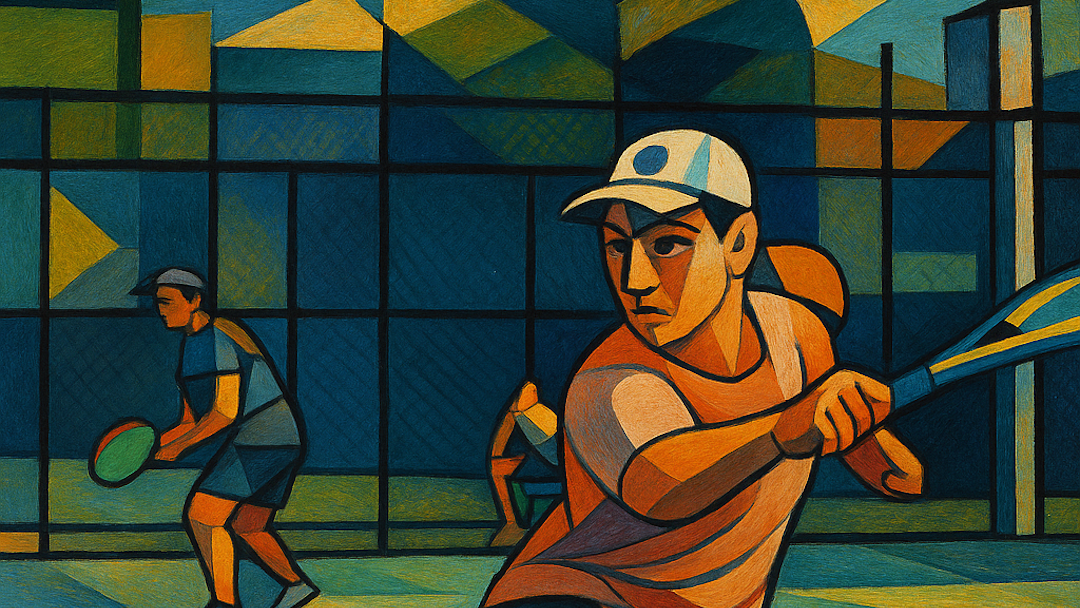In 1982, novelist Michael Mewshaw set off to follow the men’s professional tennis tour for six months. He expected to relax in the sun while watching some of the best practitioners of the sport that he loved ply their trade. He did experience some of that. However, he also found some of the more unseemly side of professional tennis, including match-fixing, rampant drug use, and a disturbing array of financial conflicts of interest.
In fact, when Short Circuit: Six Months on the Men’s Professional Tennis Tour was published, there was actually more than one tour. The Grand Prix tennis circuit and the World Championship Tennis (WCT) circuits were both operating in 1982. The ATP had yet to evolve into a tour provider and instead functioned more as a player advocacy organization. This book provides a snapshot of a turbulent organizational period for men’s tennis.
Mewshaw particularly focused on the pay disparity in the sport. The money that the most marketable stars in tennis were making was dwarfed by appearance fees and endorsements. In addition, tennis exhibitions were so lucrative, that many of the top players would skip tour events for those big paydays. I am not convinced that much has changed in the interim.
Short Circuit provides fascinating vignette’s into how the tour operated. For example, during one semi-final, he spent time in the television booth with the people responsible for packaging the highlights. Curiously enough, they confessed that they didn’t know much about tennis and didn’t particularly enjoy the sport. The basic formula for highlights was to capture exciting points, fluke shots, and player antics. Nothing has really changed in the interim.
Mewshaw provided a fascinating breakdown of the economics of player endorsements. The amount of time that a top player spends on screen wearing a manufacturer’s sportswear and playing with a particular racquet is considerably less than purchasing commercials. The same goes for print media when a player appears on a magazine cover for free when a single-page ad costs thousands of dollars. That was insightful.
Short Circuit is an important tennis history book detailing life on the men’s tour during the early 1980s. It provides the foundational background knowledge required to understand and appreciate how the current ATP tour evolved to function. I highly recommend it to tennis history buffs as well as anyone who wants to increase their knowledge about the business of tennis.
Editorial Note: My review copy was the hardcover first edition published in 1983. An updated Kindle edition was released in 2011.
Fiend At Court participates in the Amazon associates program and receives a paid commission on any purchases made via the links in this article. Details on the disposition of proceeds are available on the “About Fiend at Court” page.



